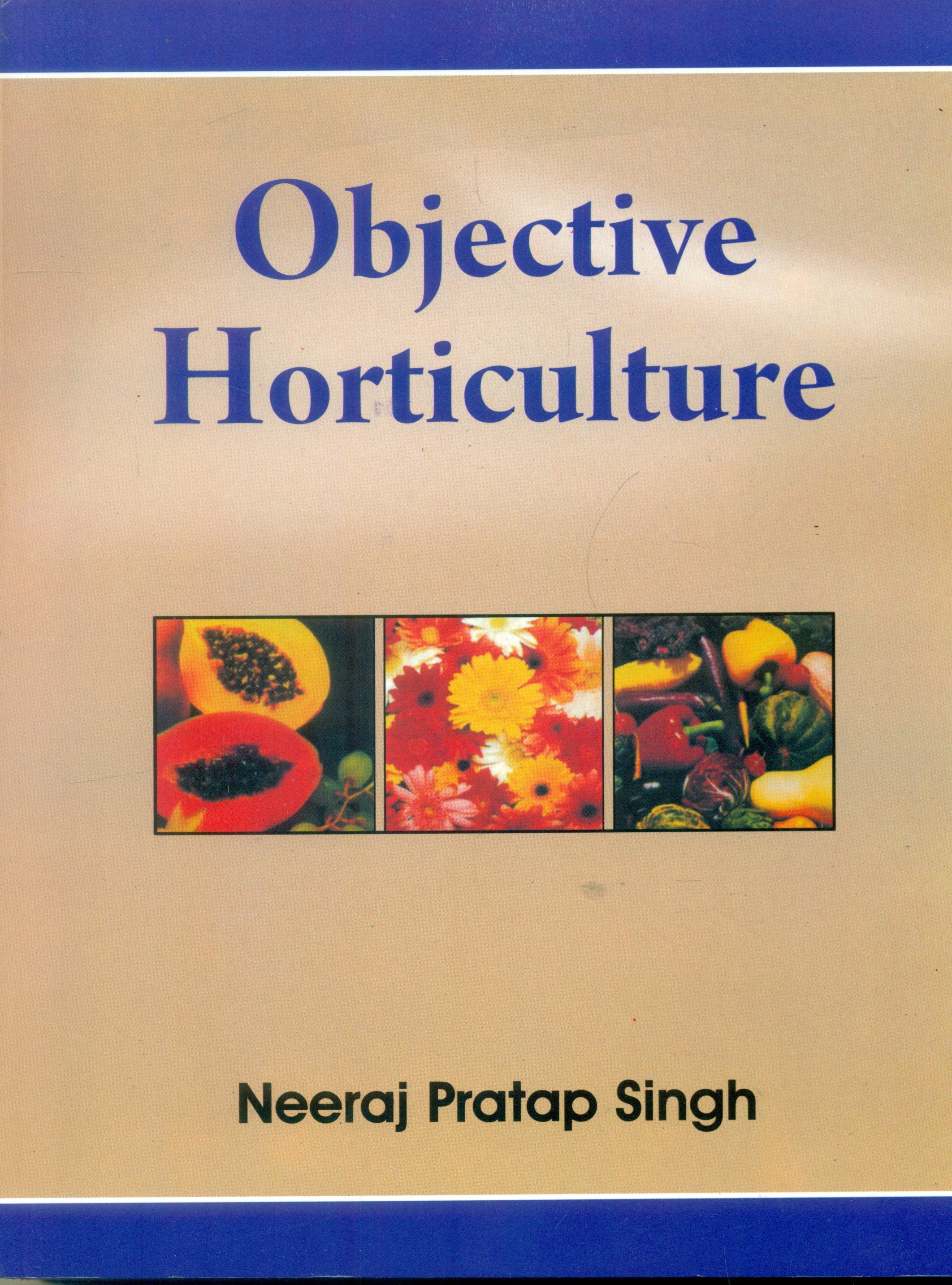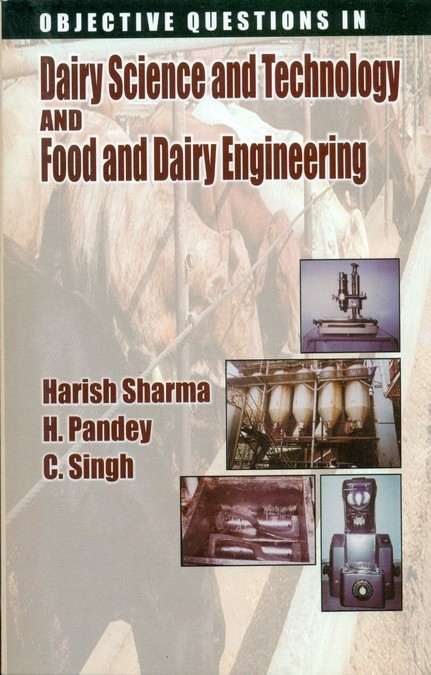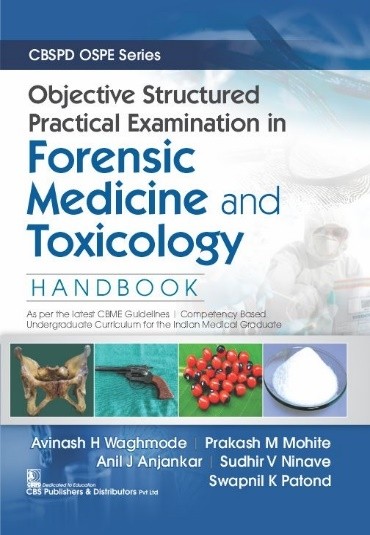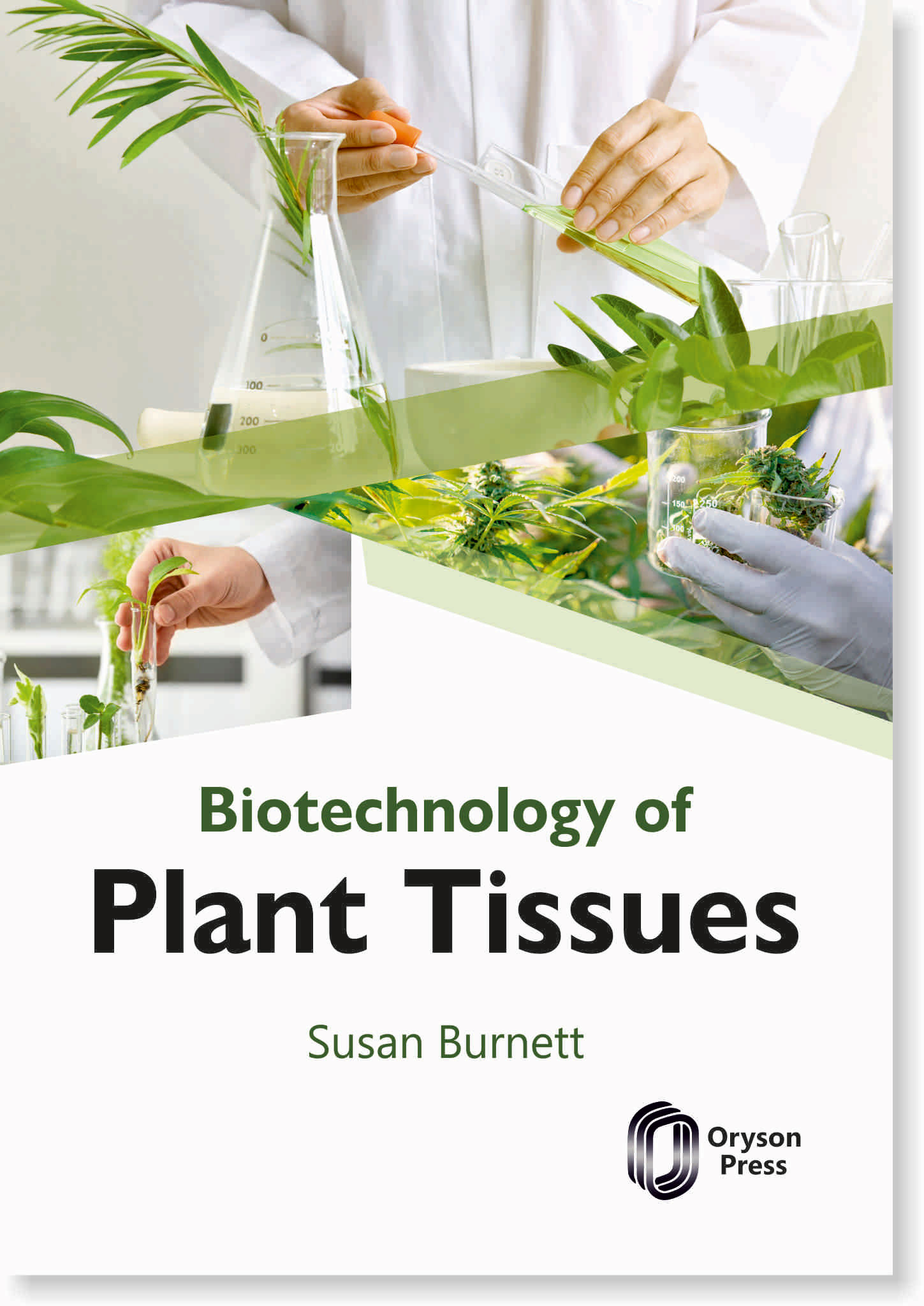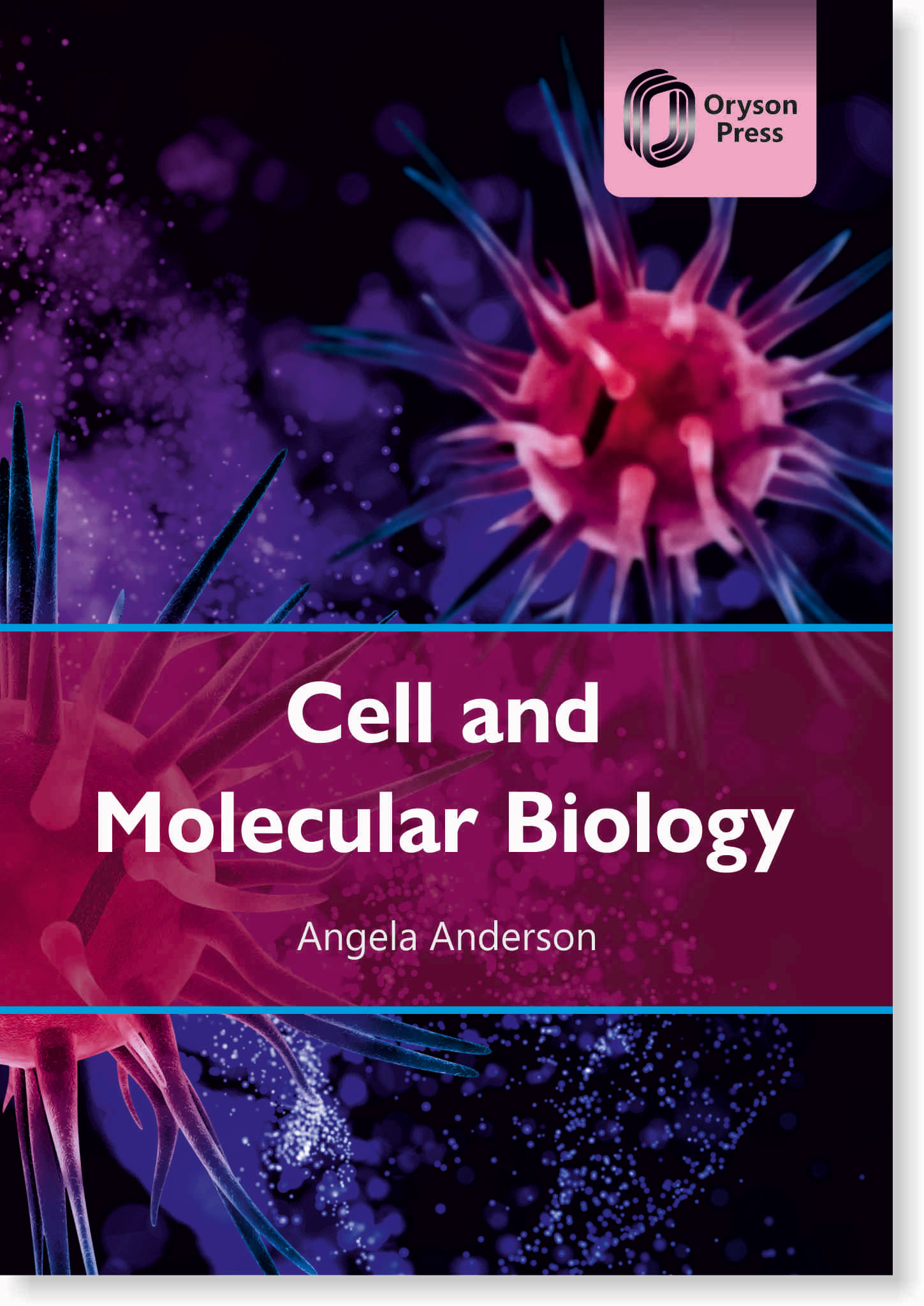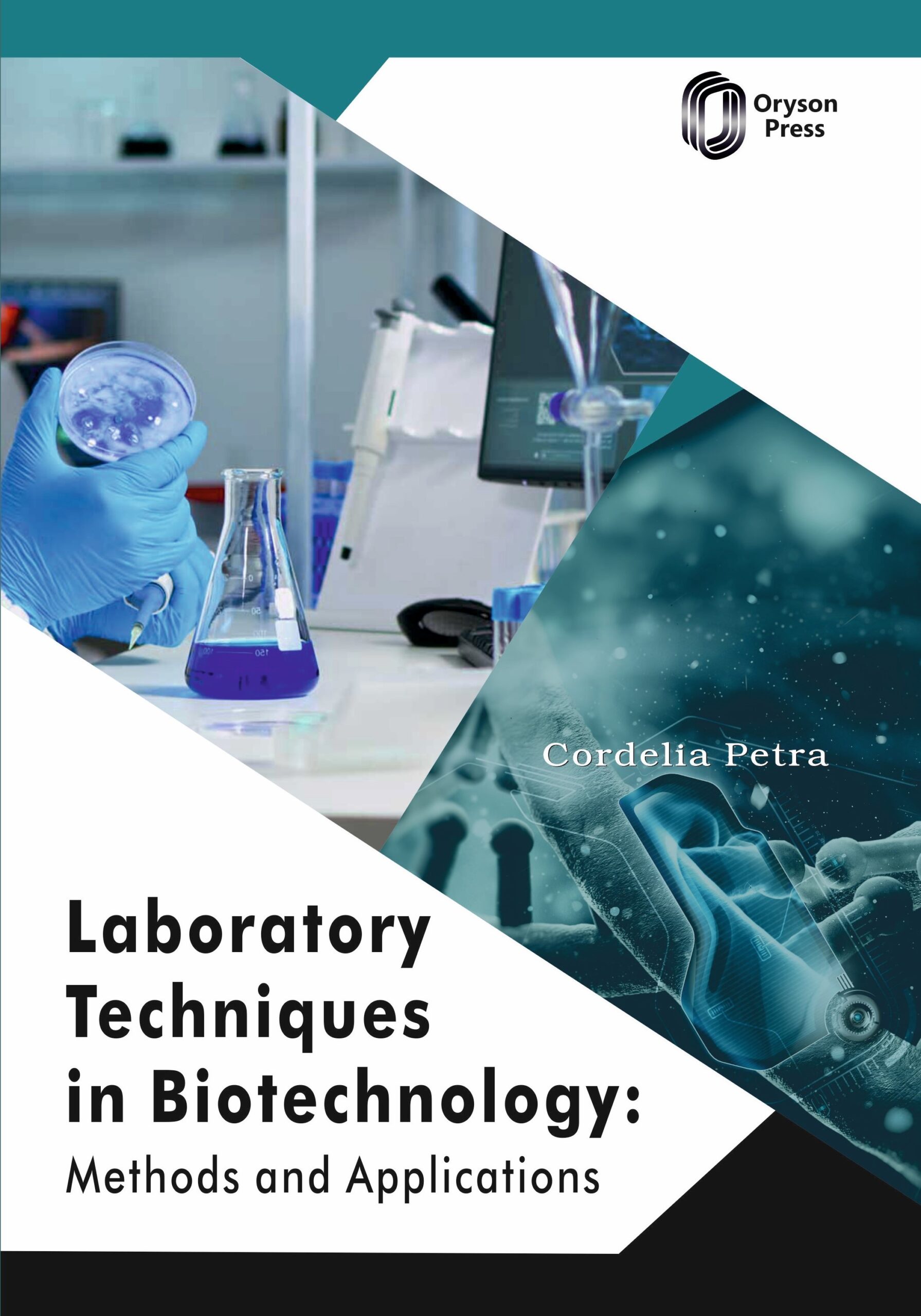BIOLOGY LIFE SCIENCE
Featured Products
Objective Questions In Dairy Science And Technology And Food And Dairy Engineering (Pb 2020)
₹347.60
M.R.P.:₹ 395.00
You Save: ₹47.40 (12.00% OFF)
Objective Structured Practical Examination In Forensic Medicine And Toxicology Handbook (Pb 2022) Cbspd Ospe Series
₹215.60
M.R.P.:₹ 245.00
You Save: ₹29.40 (12.00% OFF)
CHSE Odisha Exams 2024 Complete Course BIOLOGY Class 11th
₹445.50
M.R.P.:₹ 550.00
You Save: ₹104.50 (19.00% OFF)
CHSE Odisha Exam Master Biology Class 12 (2024-25)
₹284.75
M.R.P.:₹ 335.00
You Save: ₹50.25 (15.00% OFF)
Laboratory Techniques in Biotechnology: Methods and Applications
₹6,551.60
M.R.P.:₹ 11,912.00
You Save: ₹5,360.40 (45.00% OFF)
Diseases of Fishes: Bacterial Diseases of Fishes and Identification of Fish Pathogenic Bacteria
₹6,298.50
M.R.P.:₹ 11,050.00
You Save: ₹4,751.50 (43.00% OFF)


